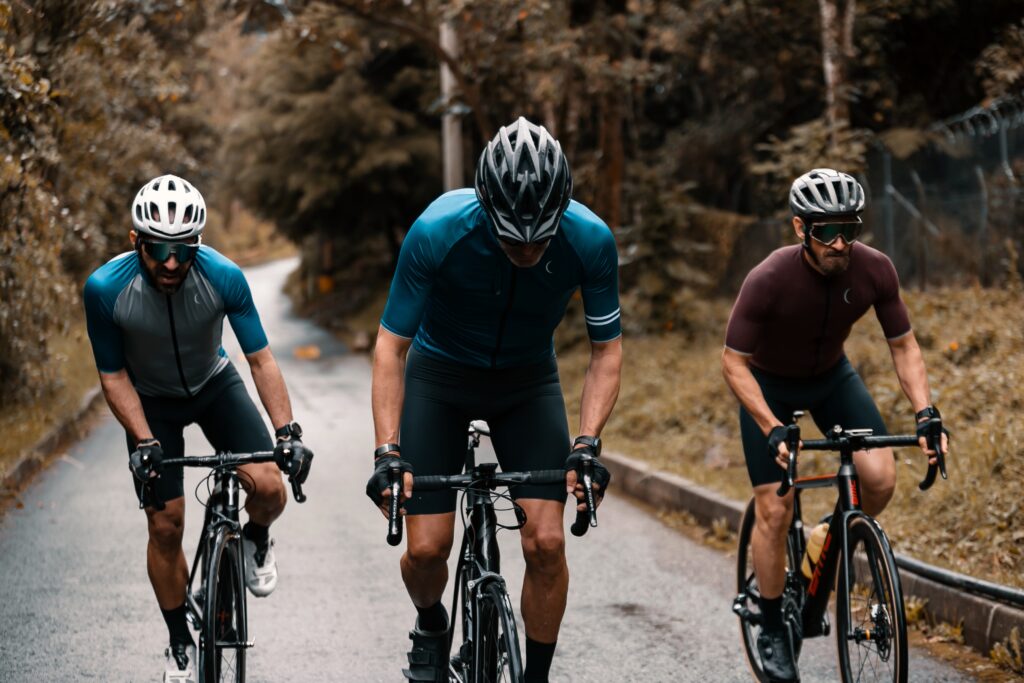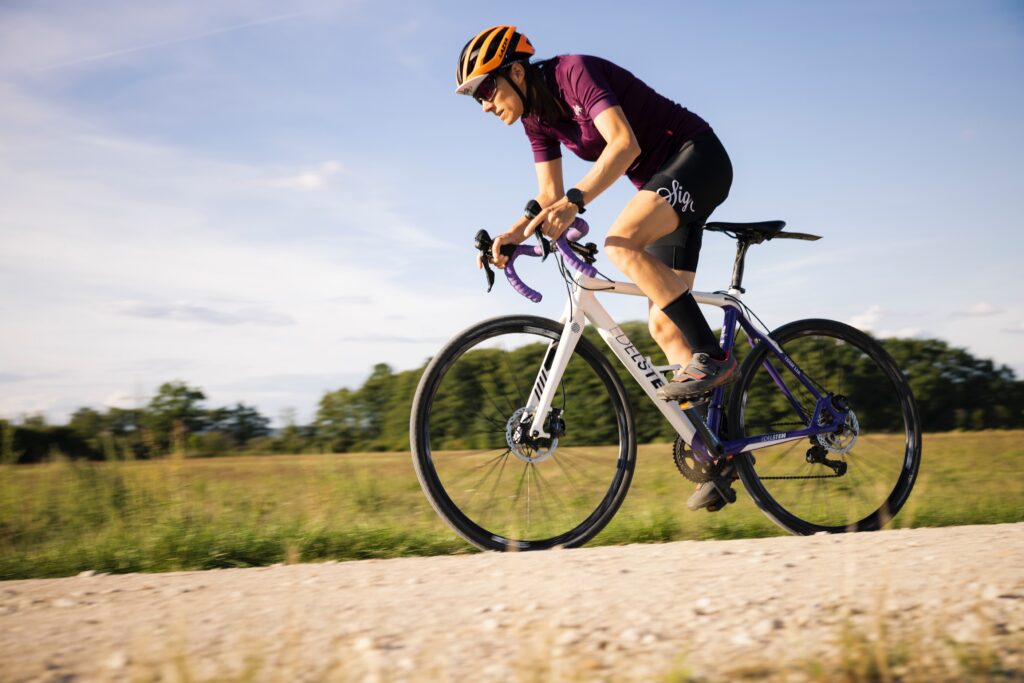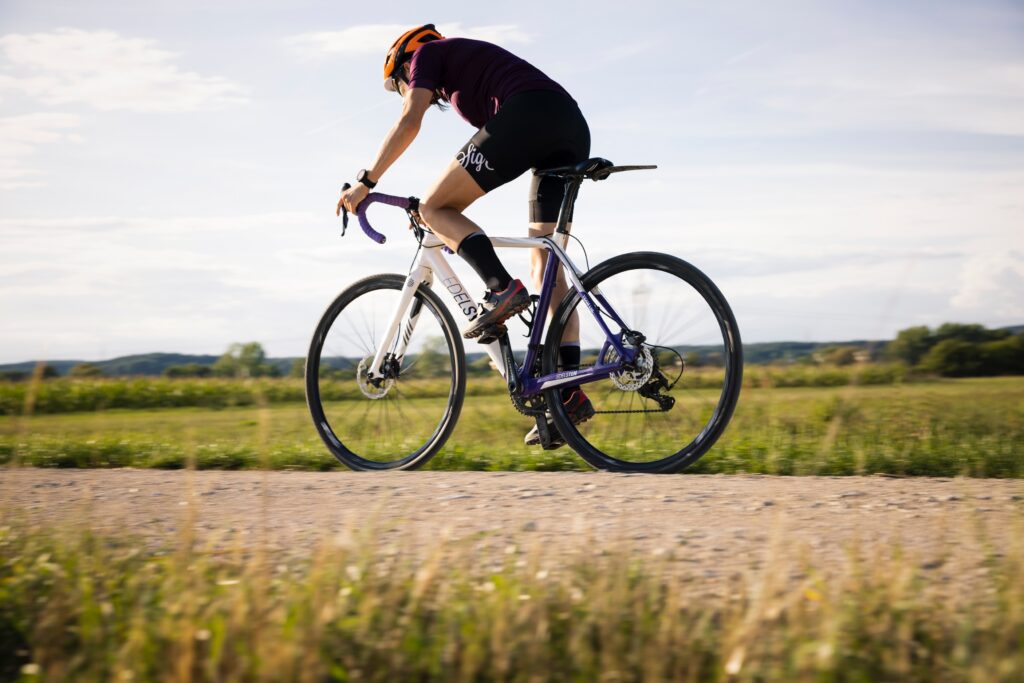Cycling is a great way to stay in shape, discover the world around you, and even get to and from work or school. To protect your head, you should wear a helmet at all times. The most crucial piece of protective gear used by cyclists is the bike helmet. Regardless of how short or well-known the route may be, a helmet should always be worn when biking.
The wearing of a helmet is required by law in some cities, and the United States enforces rules to ensure that all helmets sold comply with an impact protection standard. There are many things to think about when shopping for a new bike helmet, and this riding season, choosing the right helmet can make all the difference.
identifying a biking protective gear that suits what you want is one of the most crucial aspects of being able to fully appreciate your ride, regardless of whether you are an experienced cyclist or just getting started. You can ride safely and comfortably for a very long time if you find a helmet that fits your cycling discipline.
First, think about the type of riding you’ll be doing because different riding styles require different design elements in biking helmets. Full-face helmets, mountain safety helmets, road protective gear, kids helmets, and recreation helmets are among the categories of helmets.
Mountain biking helmets typically have more padding due to the more difficult terrain of riding and the reality that riders are more probable to fall backwards than forwards when MTB cycling. The most crucial piece of cycling equipment for every rider is a bike helmet. Due to the wide range of types and styles available, it can also be one of the most confusing items.
1. Fit

For comfort and safety in the event of an accident, your helmet must be the proper size. You simply need to measure the size of your head. However, regardless of the evaluation, you ought to constantly put a helmet on before purchasing! Each person has a unique head, so the comfort level will vary depending on the type of helmet you wear (longer, rounder, more curved, etc.).
Because of this, it may be best to purchase a helmet that isn’t inevitably the typical style for the type of activity you are engaging in if it fits you better. Your head should comfortably fit inside a helmet without being too tight or too loose. To find a helmet that fits comfortably, measure the size of your head and try on a few different styles.
2. Design

There are various types of helmets, such as full-face, open-face, and half-face. When choosing a riding style, take into account your preferences and needs. A high-quality inner shell guarantees effective shock absorption, and effective ventilation prevents overheating of the head. A vent also enables moisture and excess heat to be expelled, preventing the need to wear a damp helmet during the winter.
3. Ventilation

If you plan to ride for a long time, look for helmets with good ventilation to avoid overheating and discomfort. Helmets ought to be more lightweight, well-ventilated, and properly sized. The best helmets will balance these three factors the best (a helmet may be a little bit lighter if there aren’t many options for securing it in place).
Not only should there be enough vents, but their placement also needs to be carefully considered. It may be a good idea to try on a few different helmets from various manufacturers in order to find the one that best suits you. Keep in consideration that helmets from different manufacturers can have subtly different shapes, some are rounder, others more oval.
4. Price

There are inexpensive and expensive options for helmets. Select a helmet that is within your means and satisfies both your riding requirements and safety requirements. The best protection is not always provided by more expensive helmets. hence understand that pricey helmets do not always provide better protection.
Quality and comfort are what really matter. A helmet must be able to fit tightly against your skull with little movement in order to effectively protect your head in an accident. The straps of a good bicycle helmet shouldn’t pinch or rub the wearer. A hard shell needs a second liner to absorb the forces of impact after its outermost layer has taken the majority of the force in order to prevent damage from collisions.
5. Security requirements

Look for helmets that have received DOT (Department of Transportation) or CPSC (Consumer Product Safety Commission) certification. By distributing the impact over a larger area, a bike helmet safeguards your head. Although it may prevent serious injuries, it in no way prevents accidents. The bike helmet should be regarded as a safety device rather than as protective clothing. These requirements guarantee that the helmet has successfully undergone rigorous impact and penetration resistance testing.
Conclusion
Cycling is a great outdoor activity, but if you don’t take safety precautions, it can also be dangerous. For security from falls or serious injuries to the head that could occur during an accident, a bike helmet ought to constantly be worn. Making any necessary adjustments will help you find a good fit and ensure that it won’t move while you’re wearing it. Remember to always look for a safety standards certification if you find the right fit. It guarantees that the item you are purchasing has been thoroughly tested.

